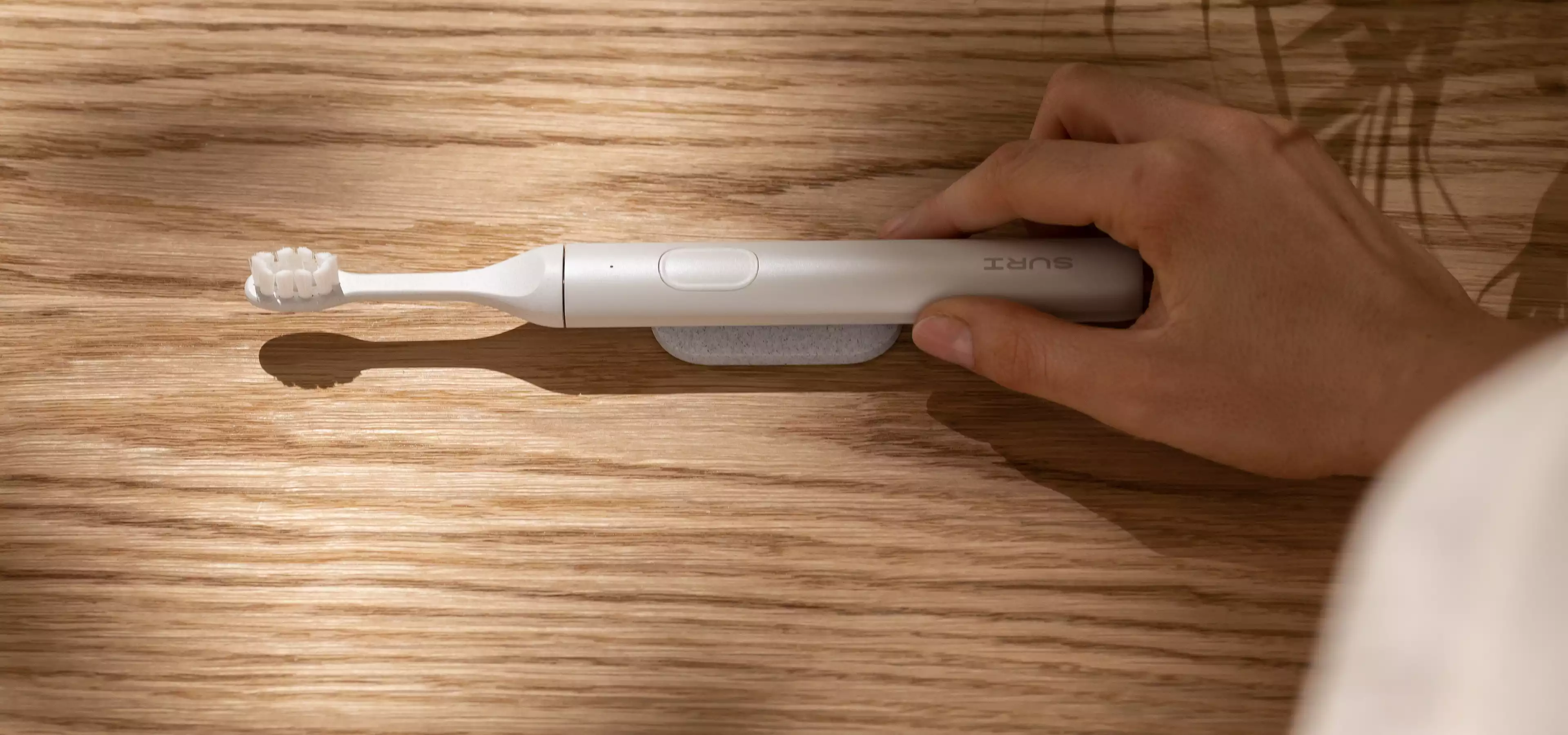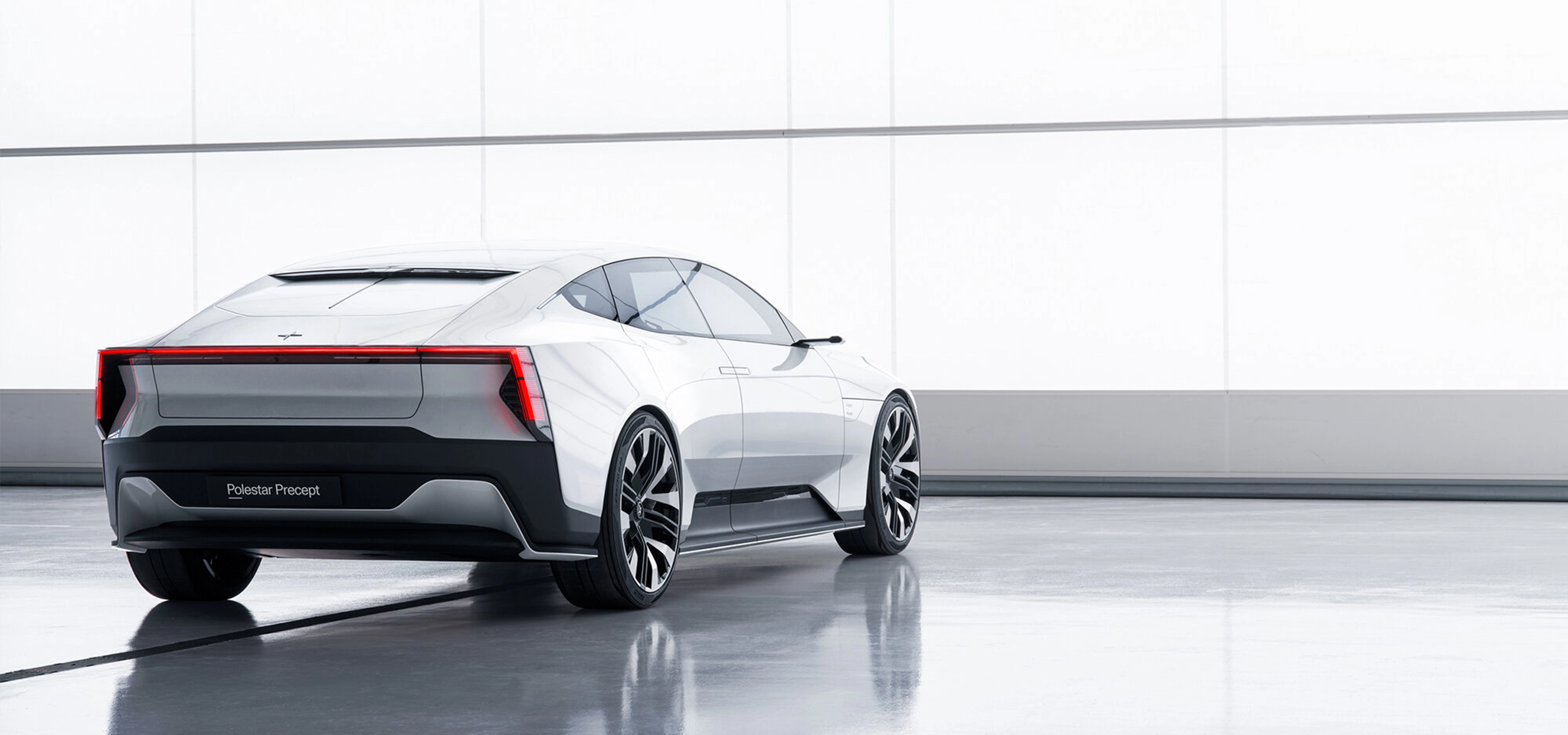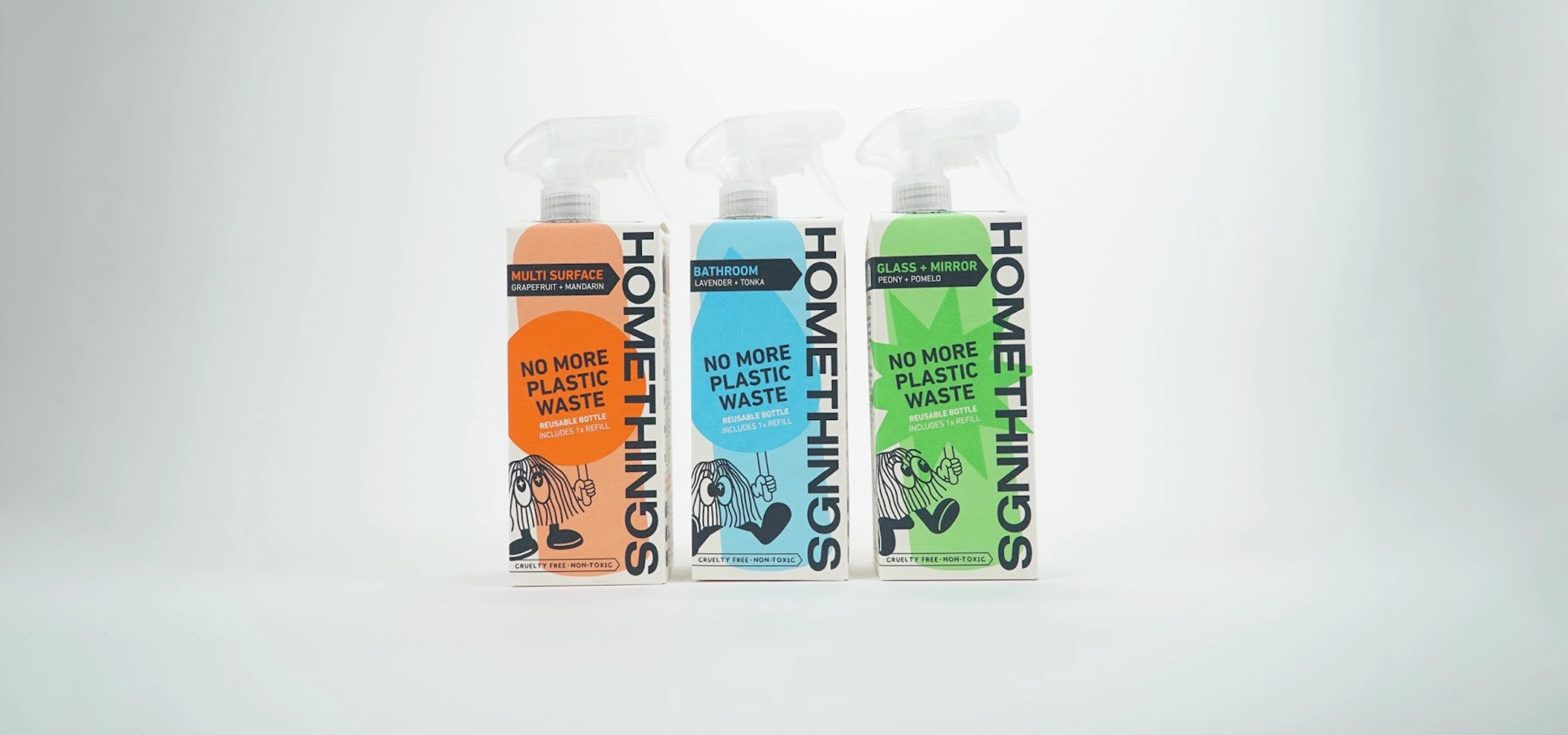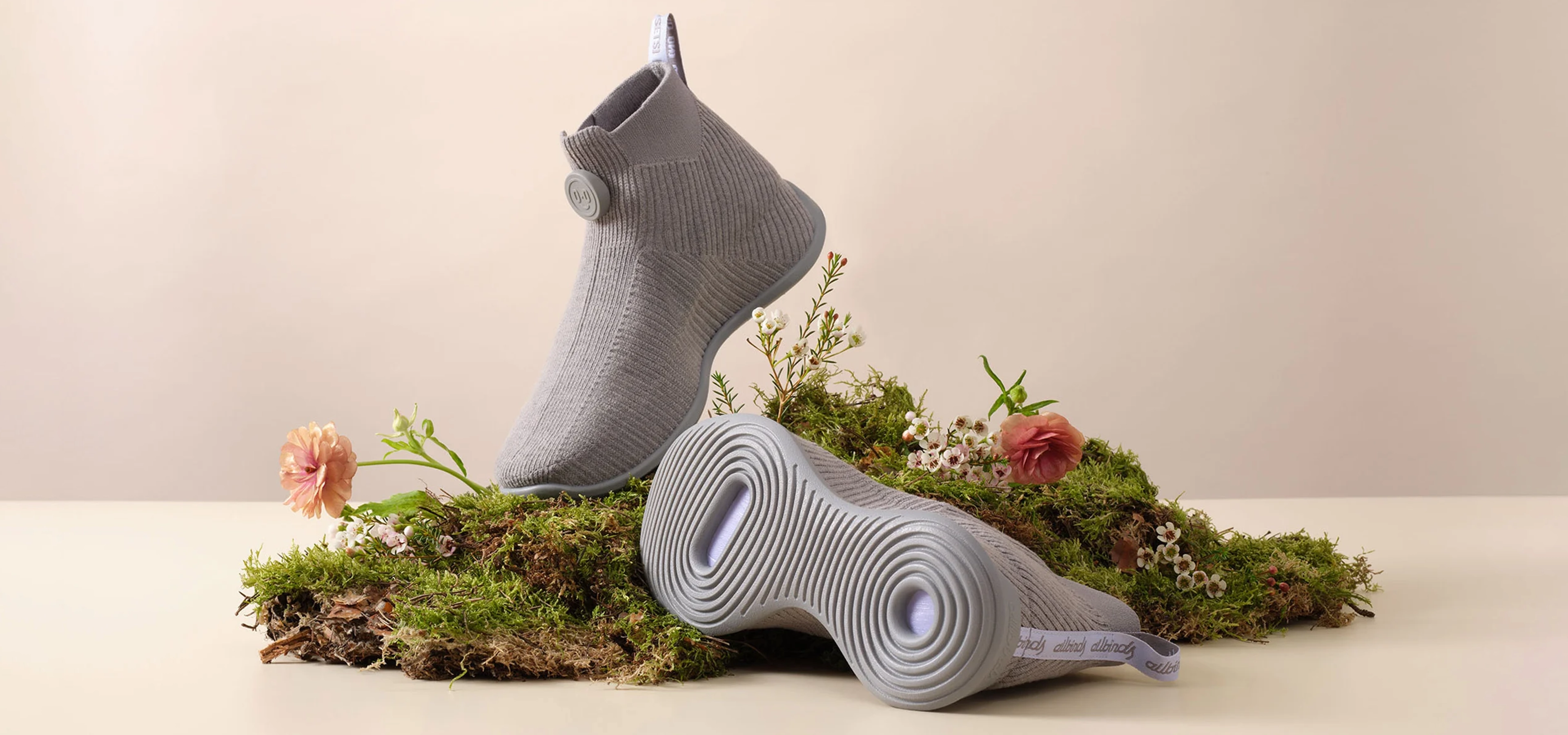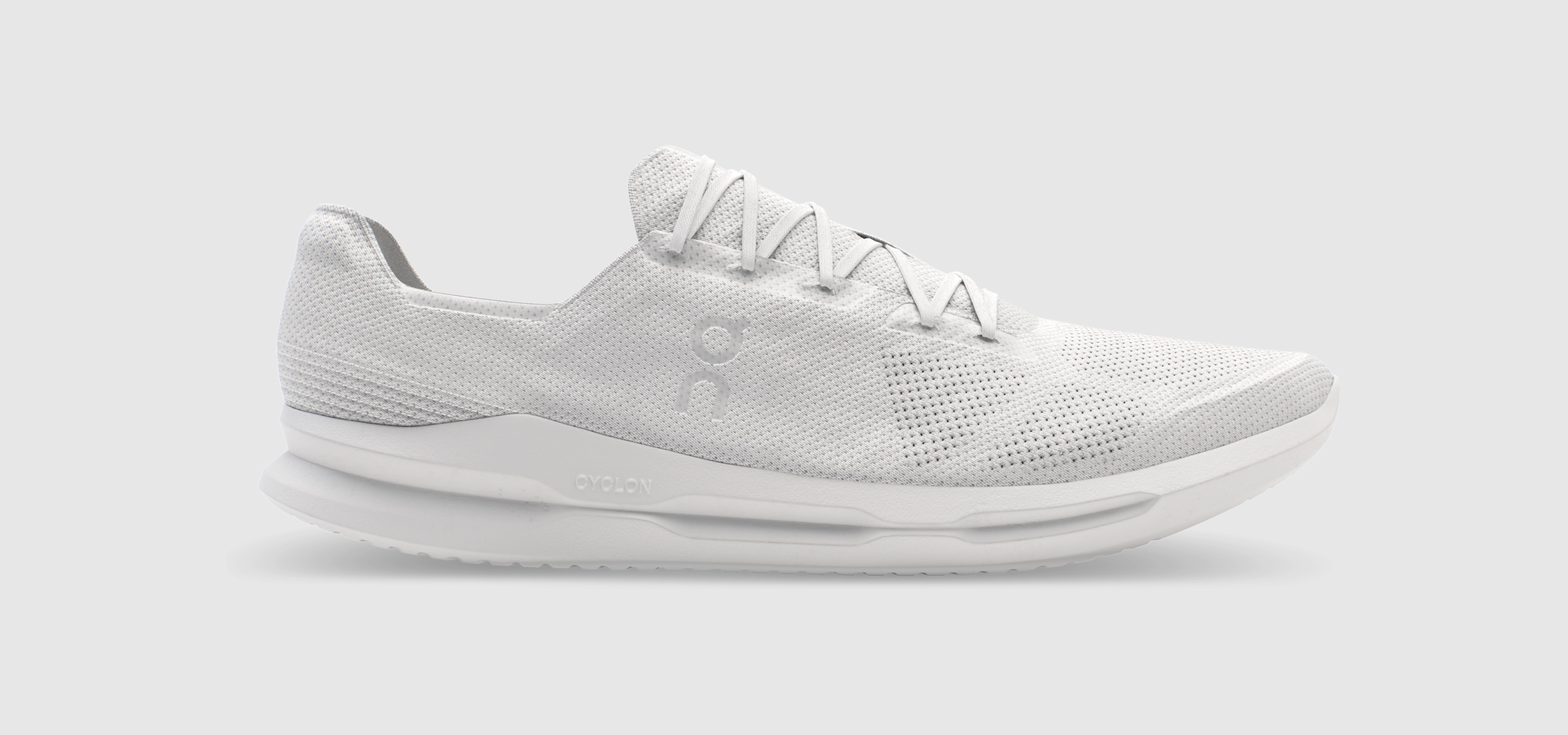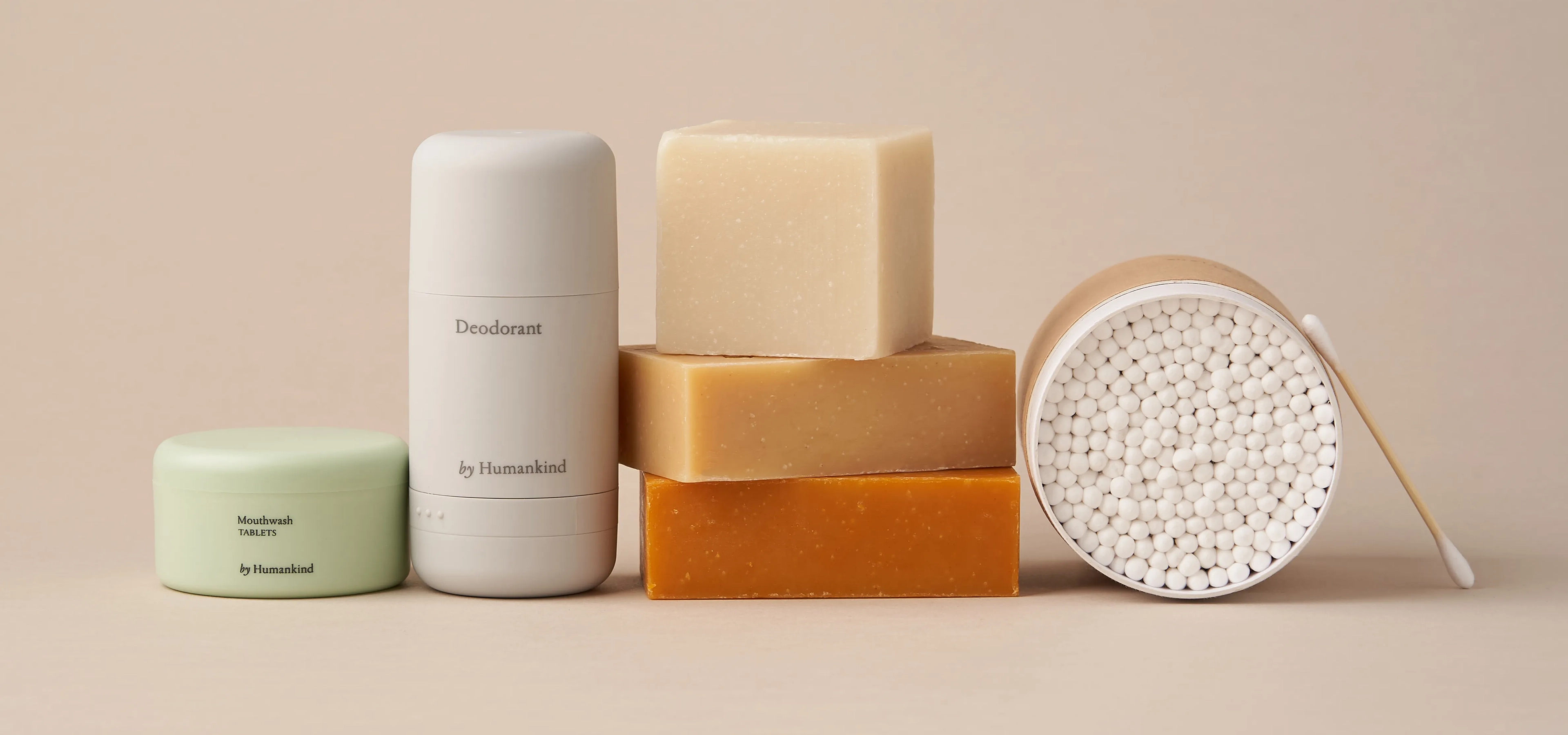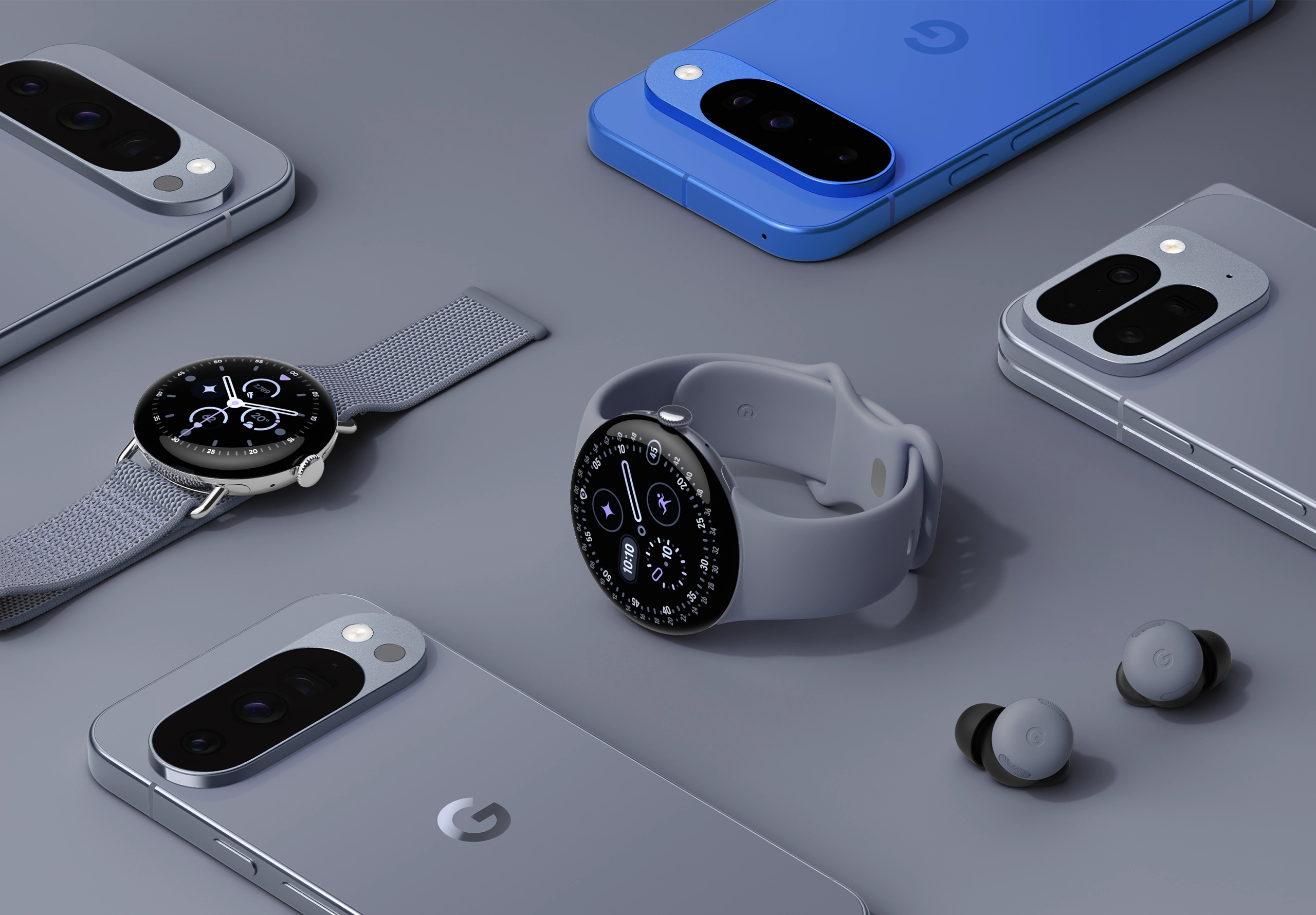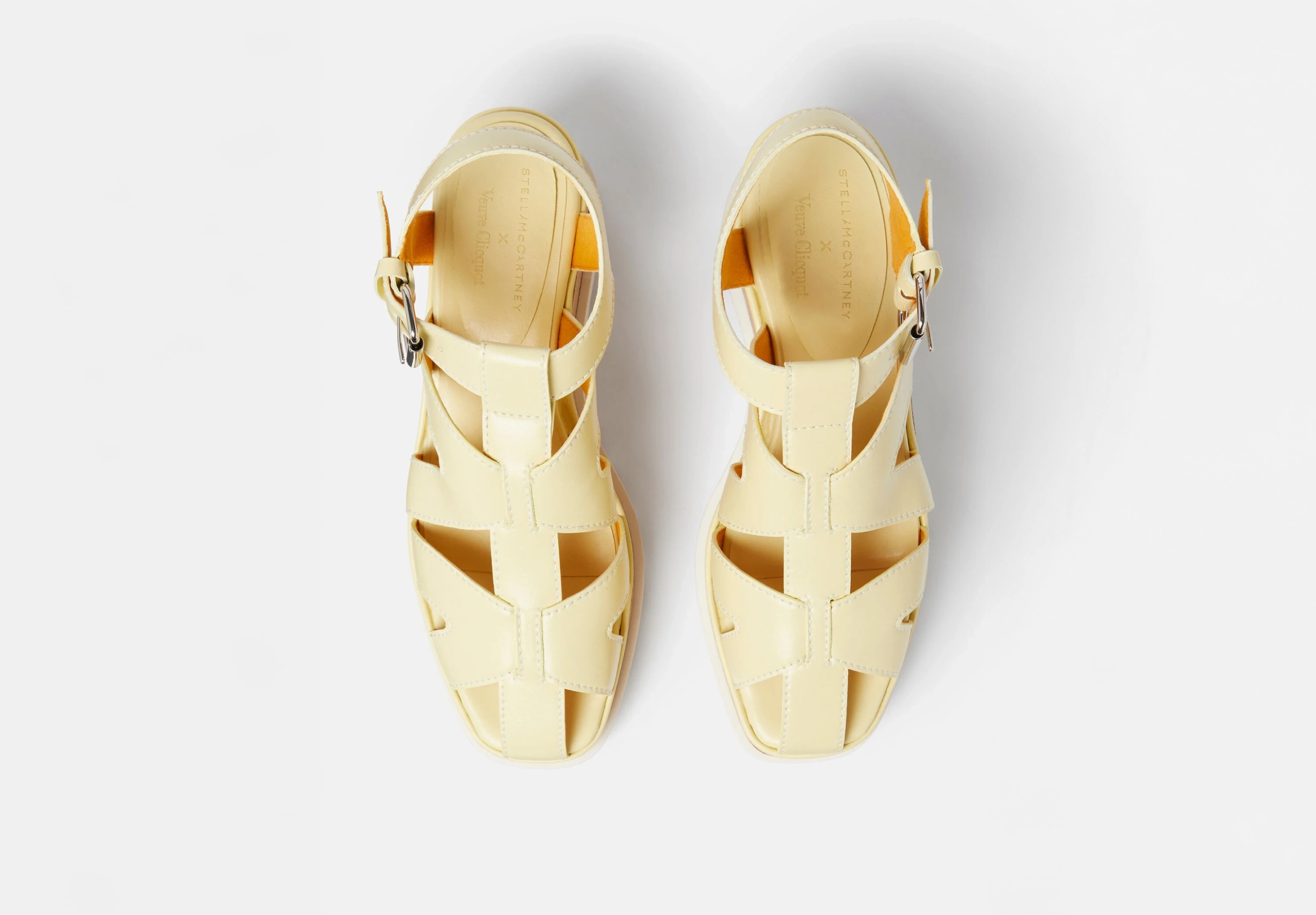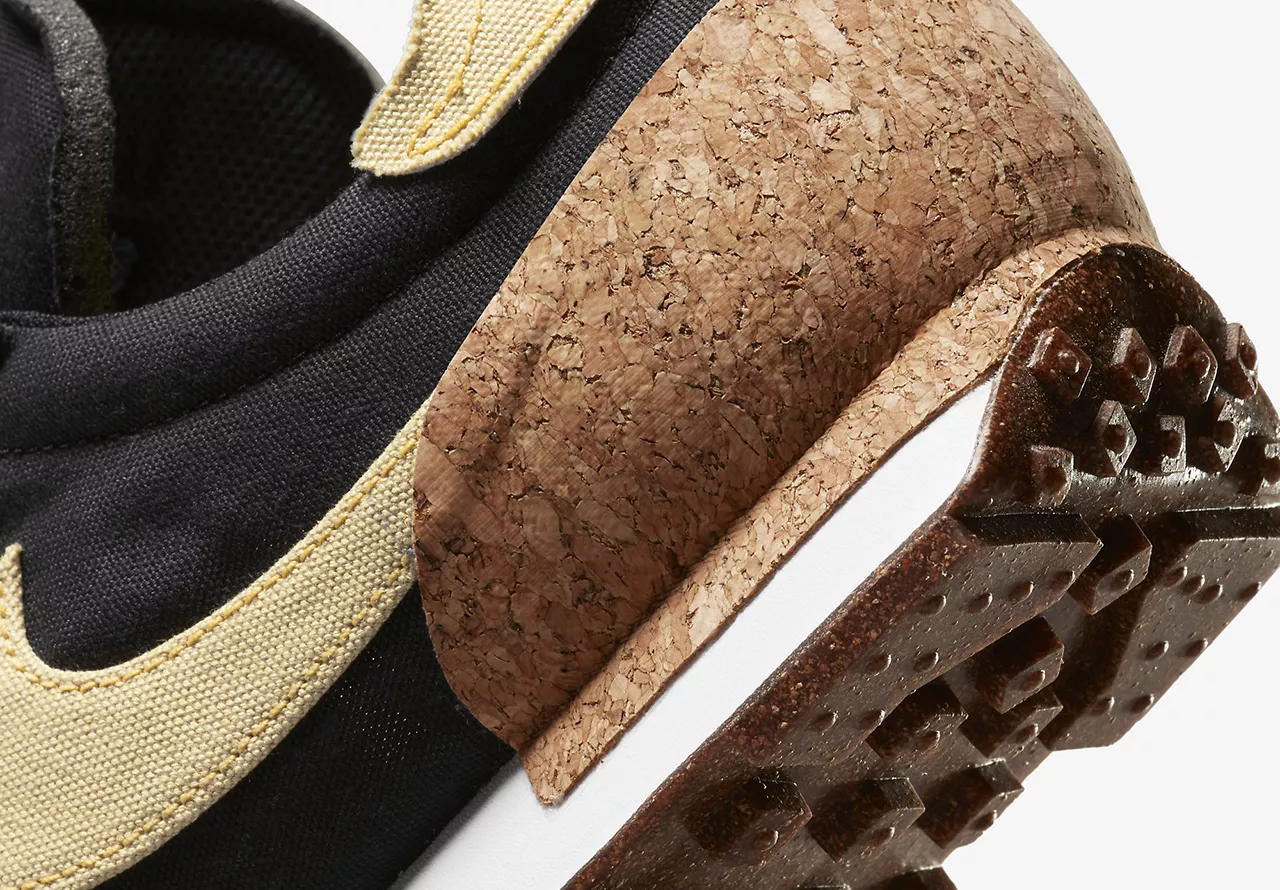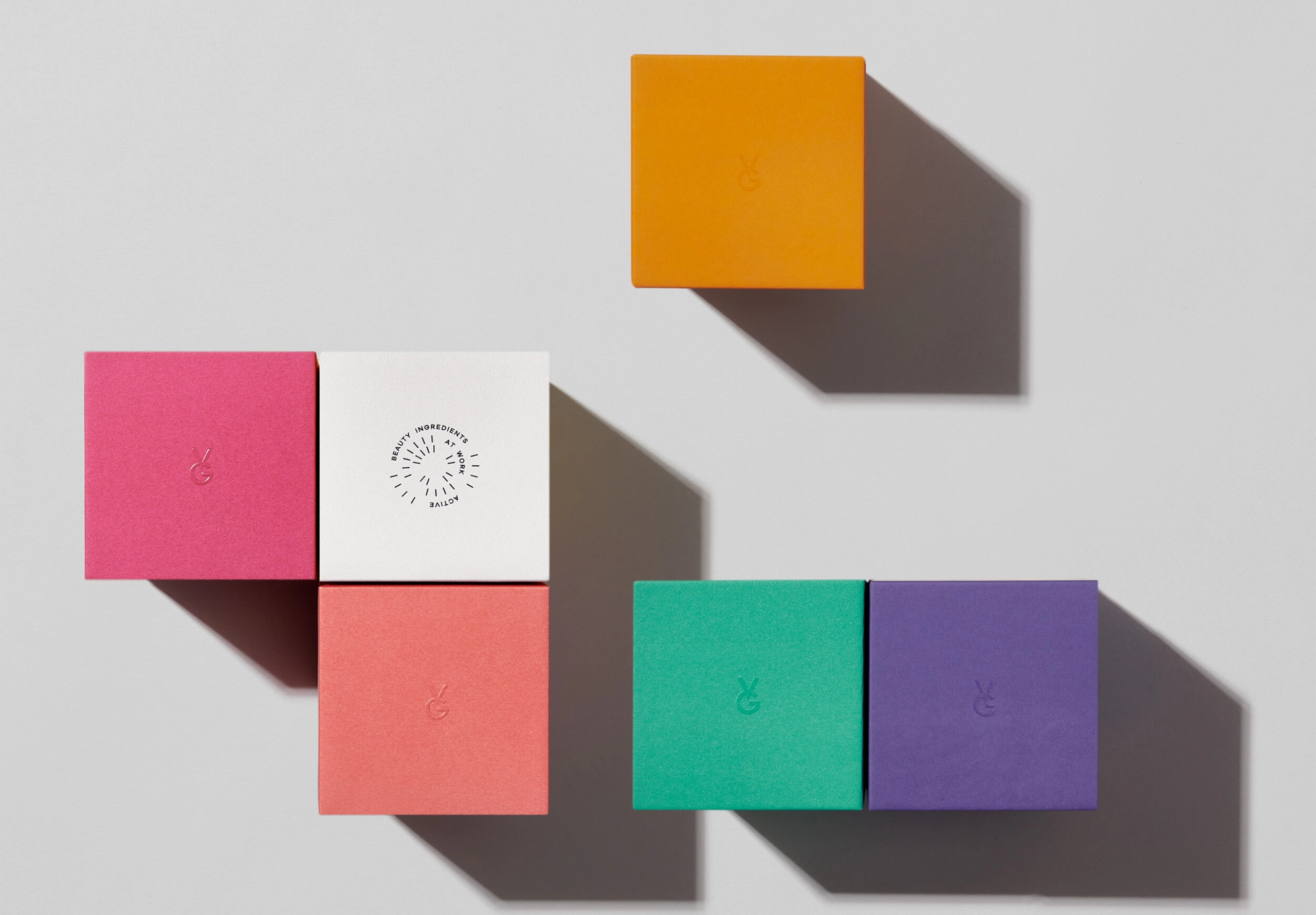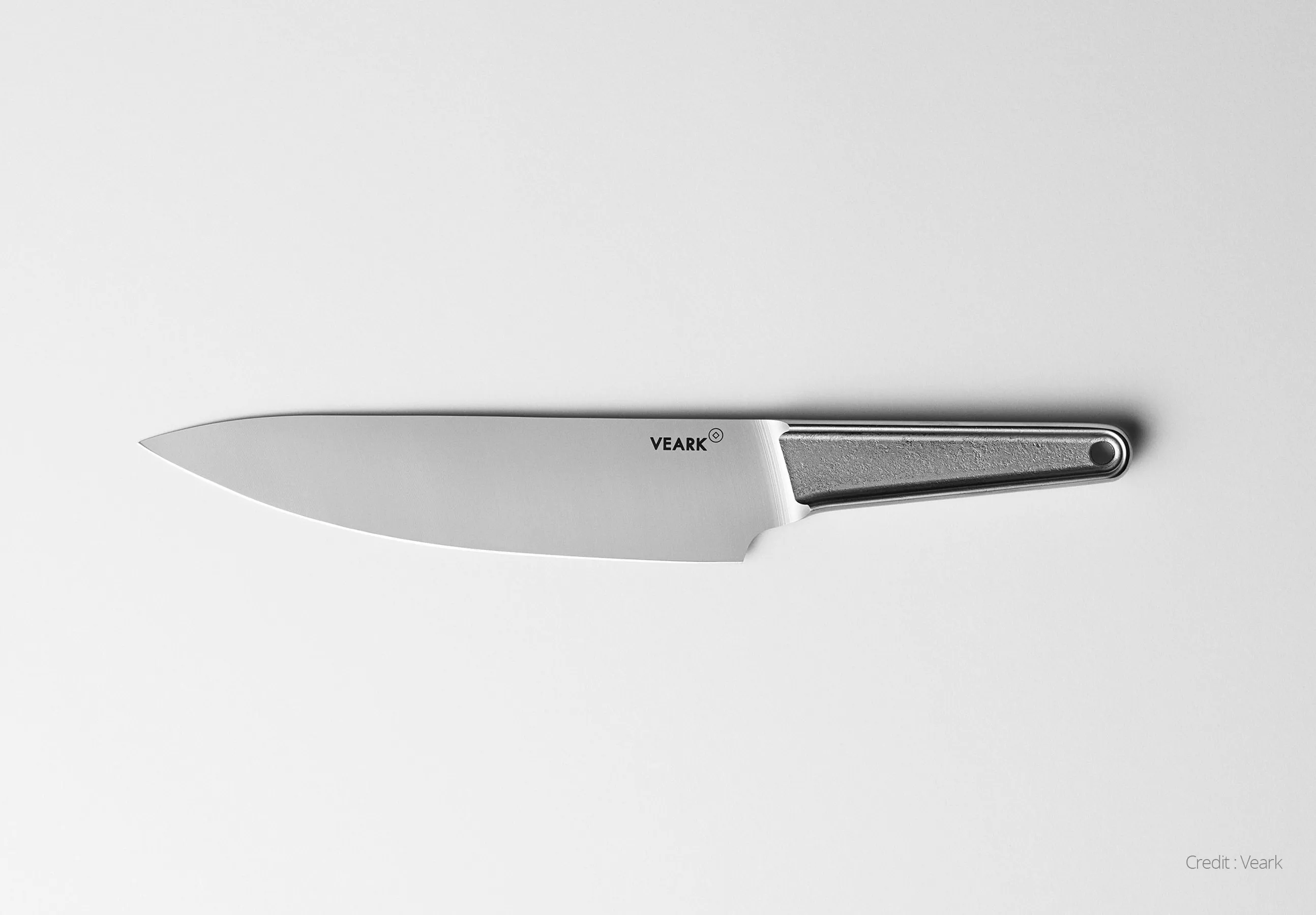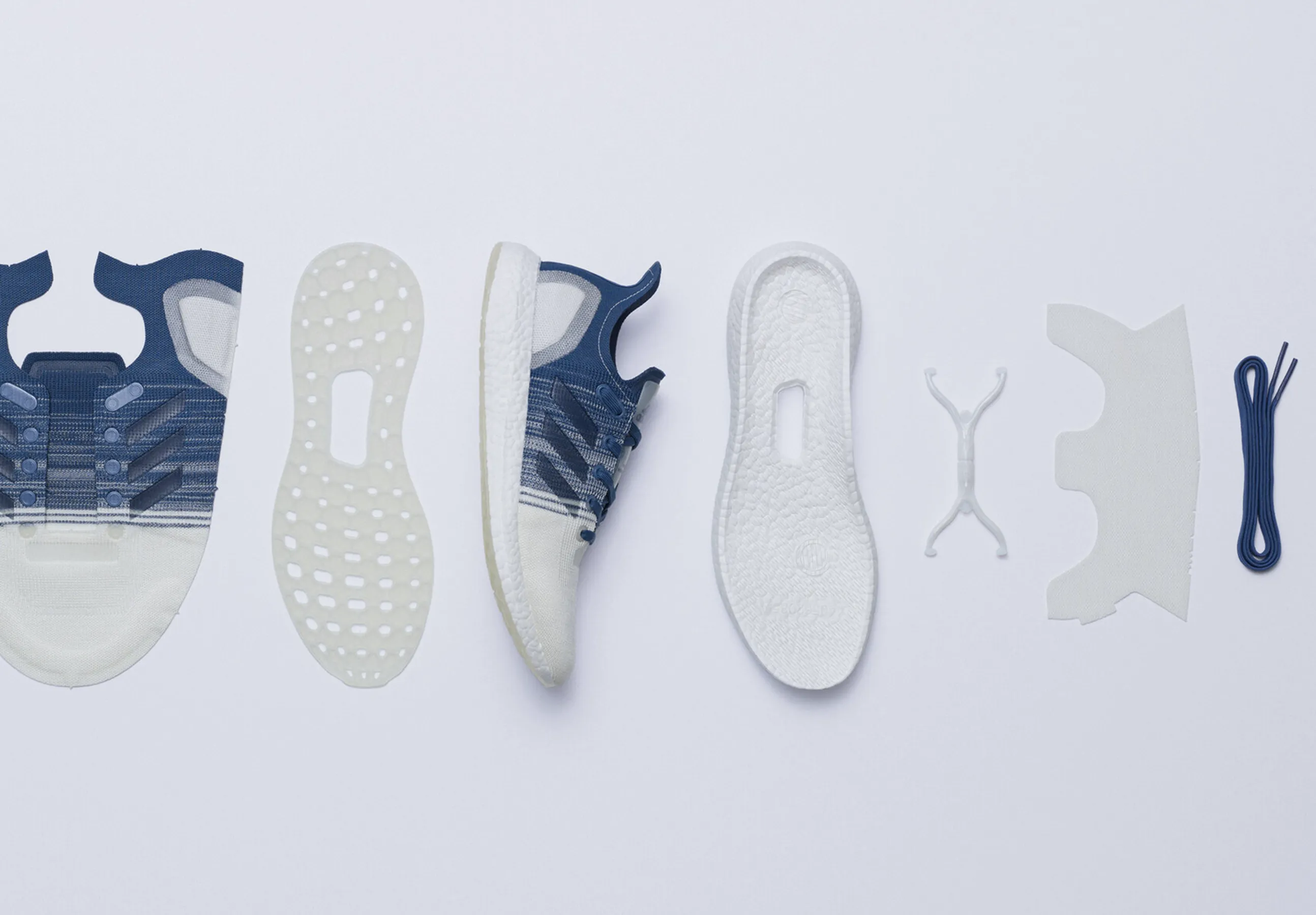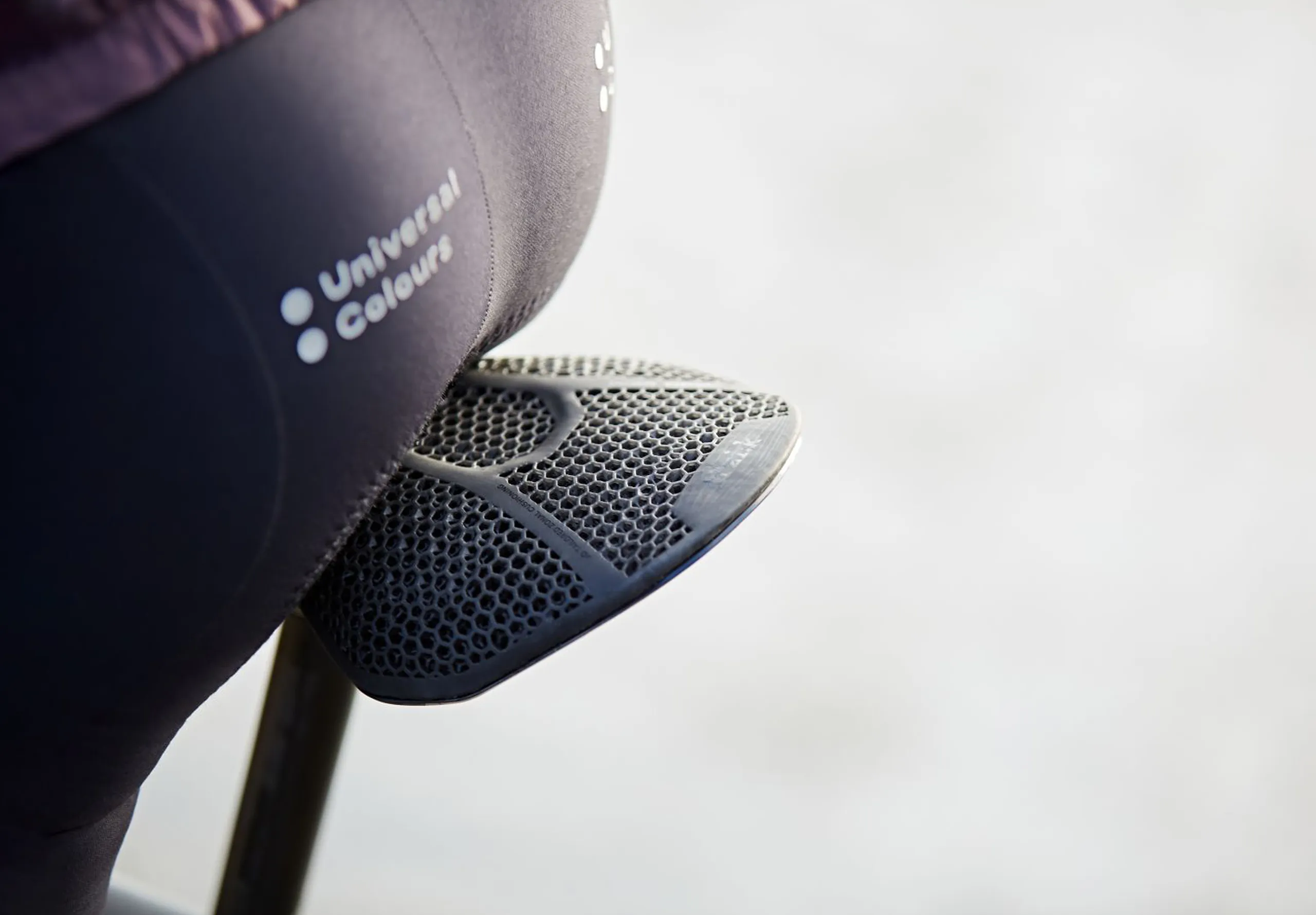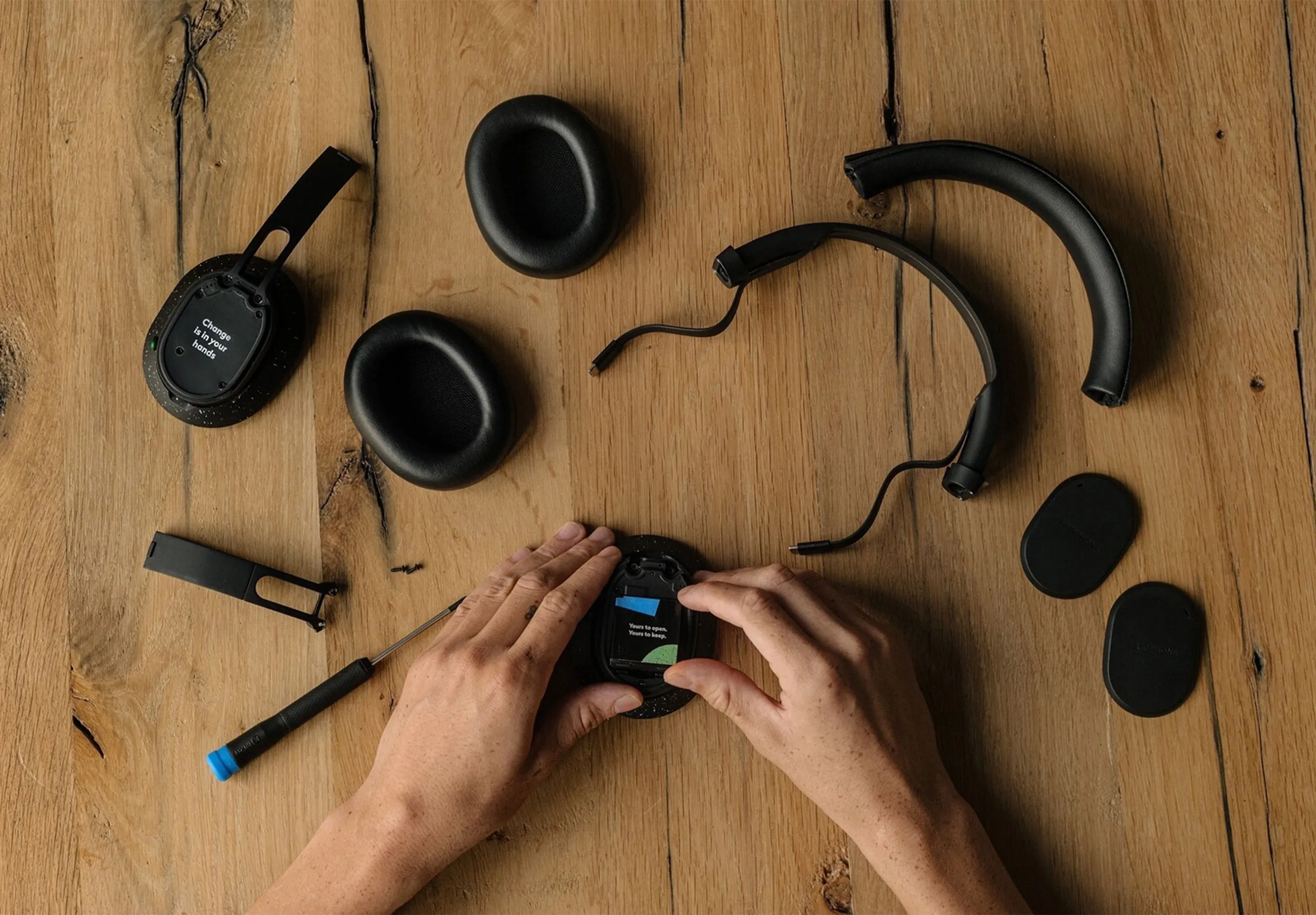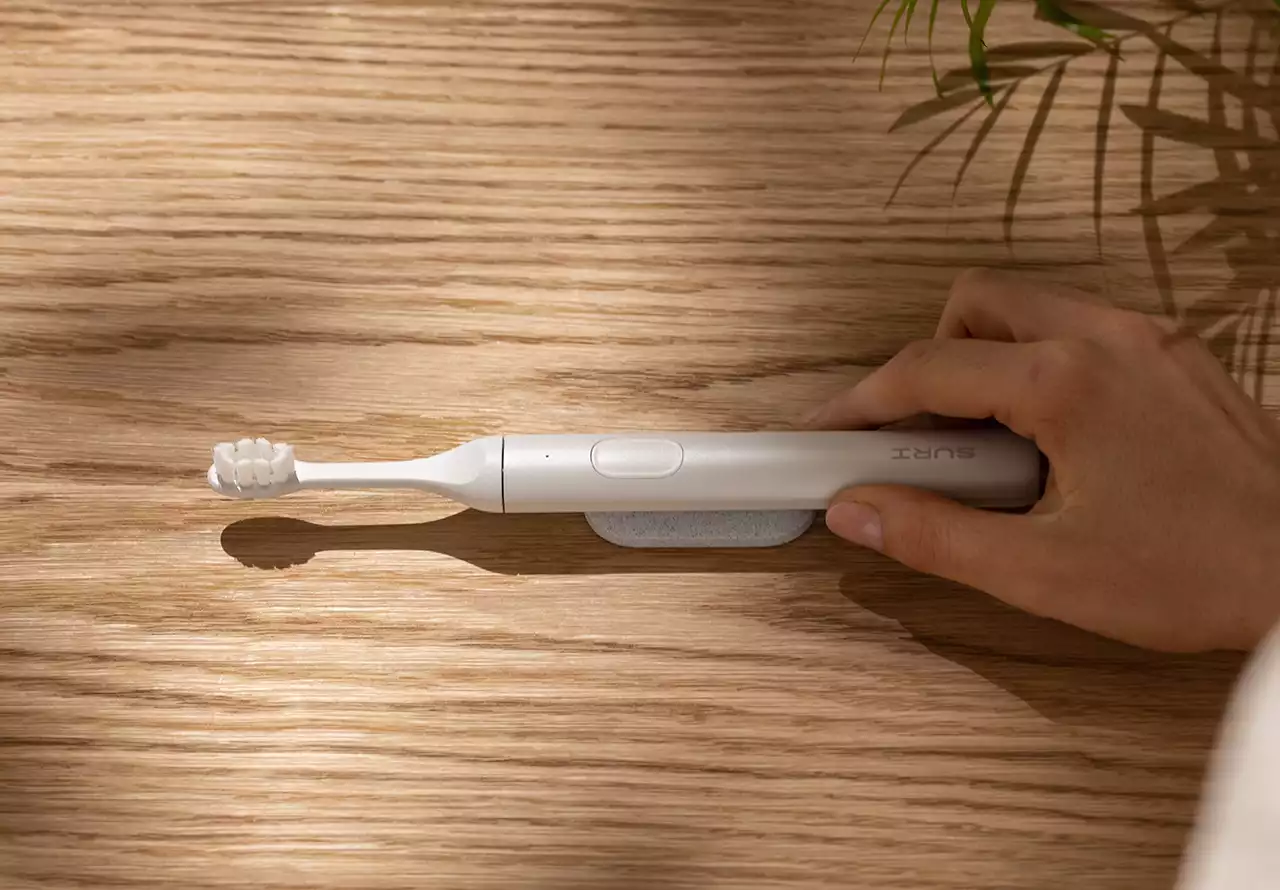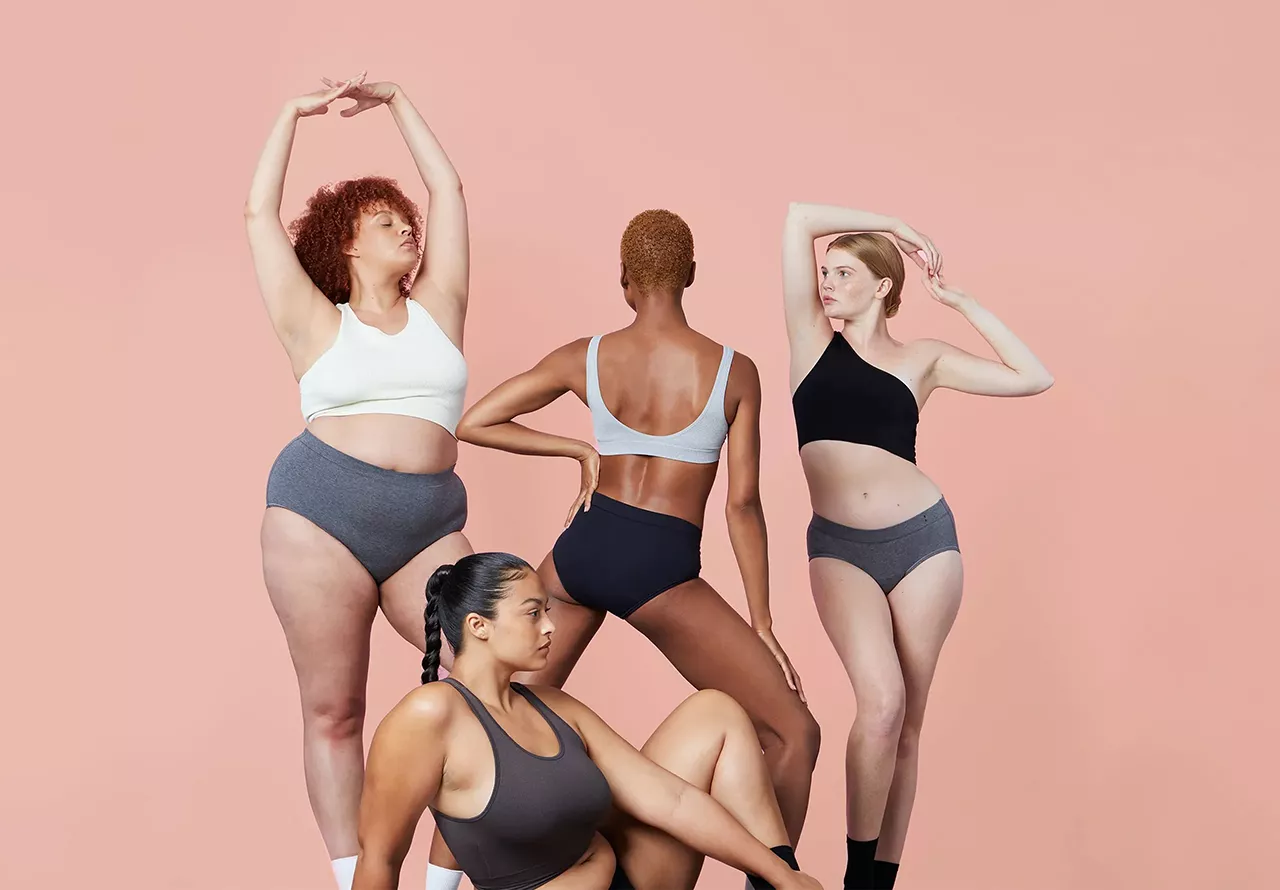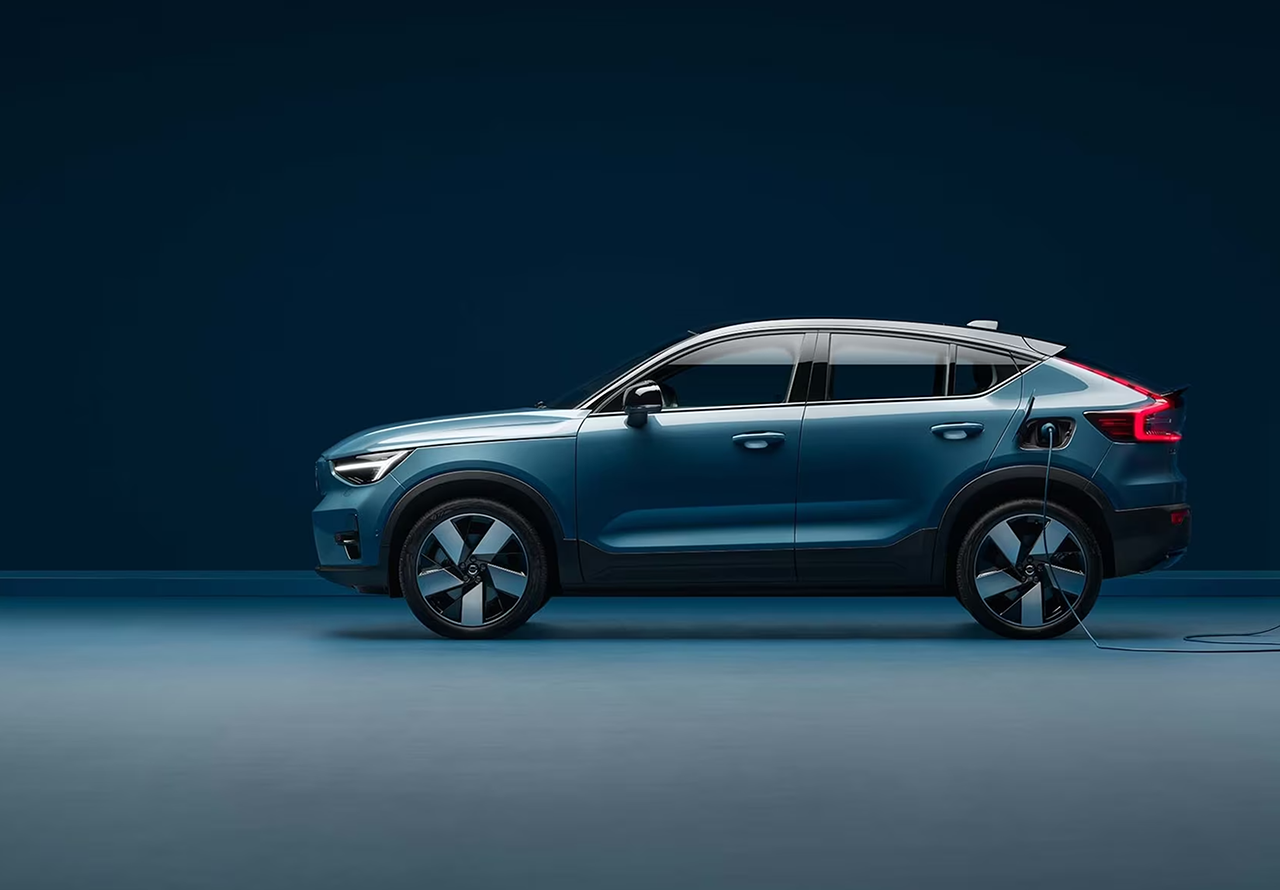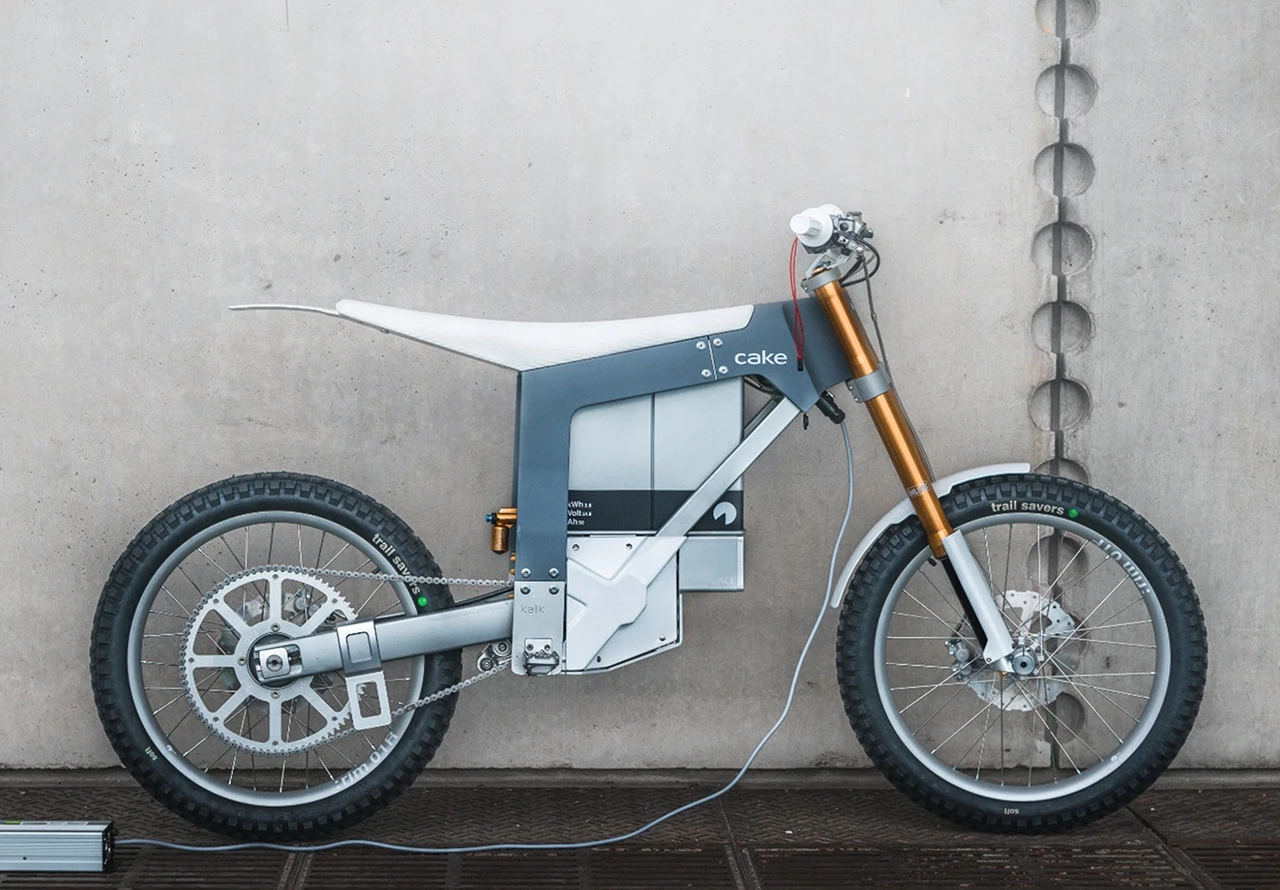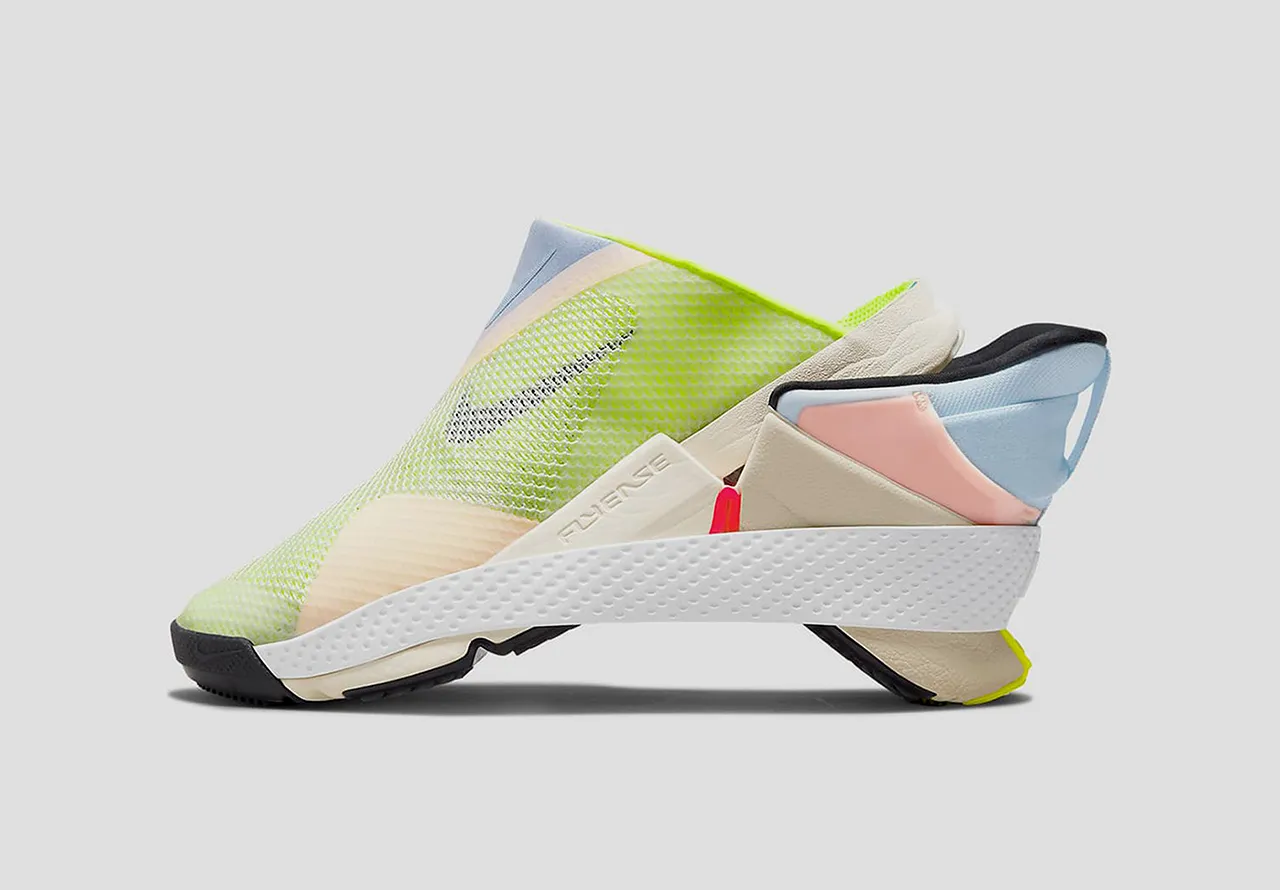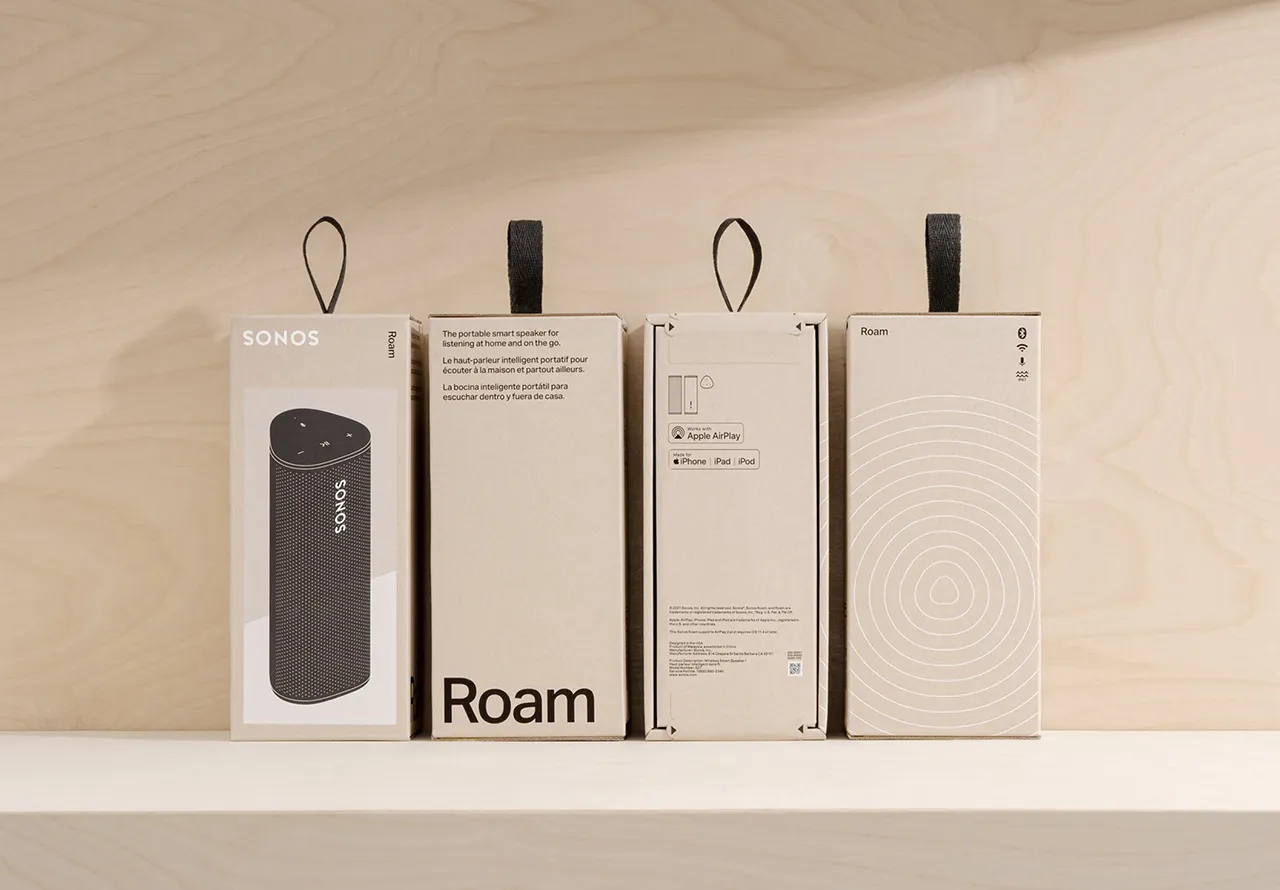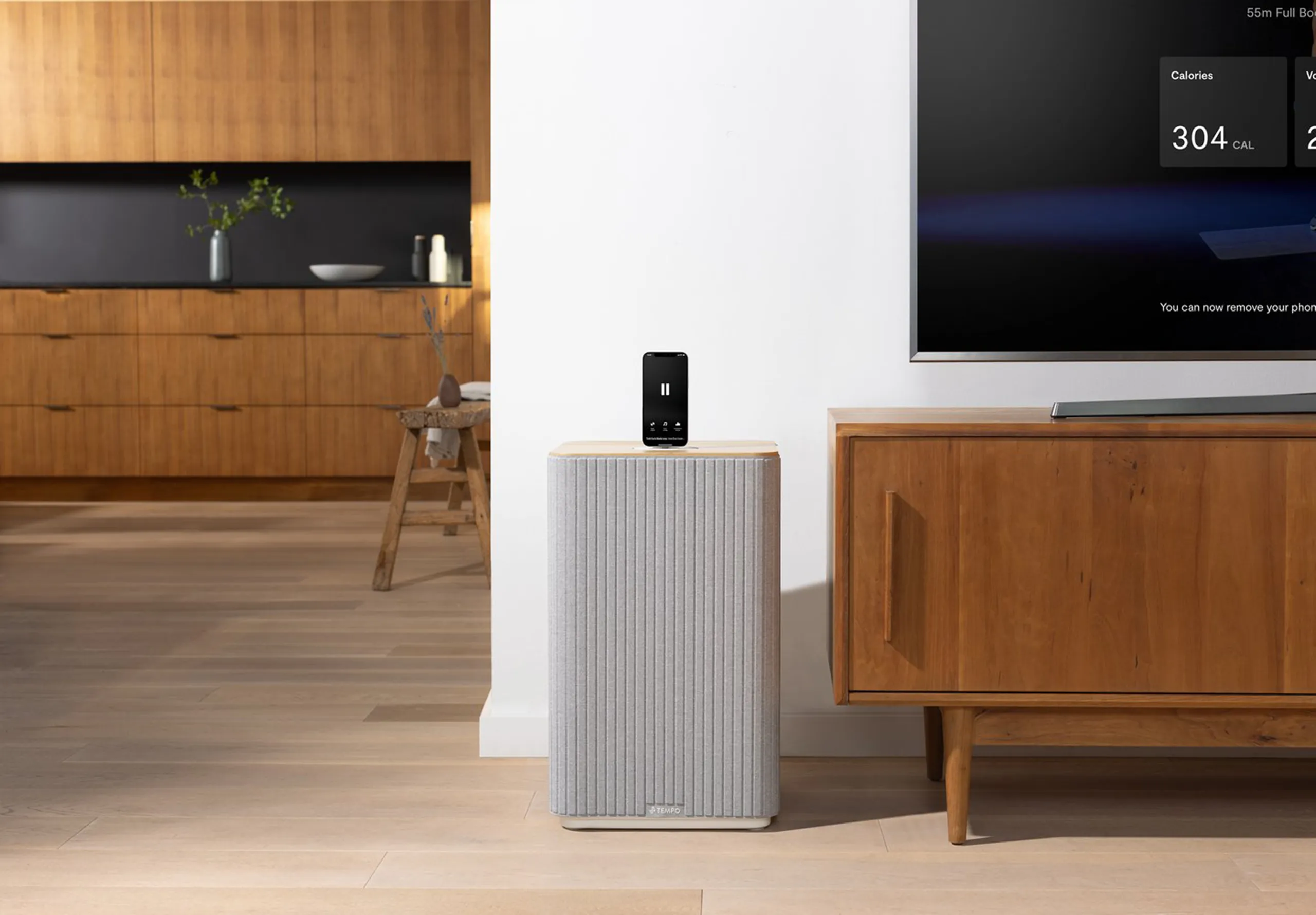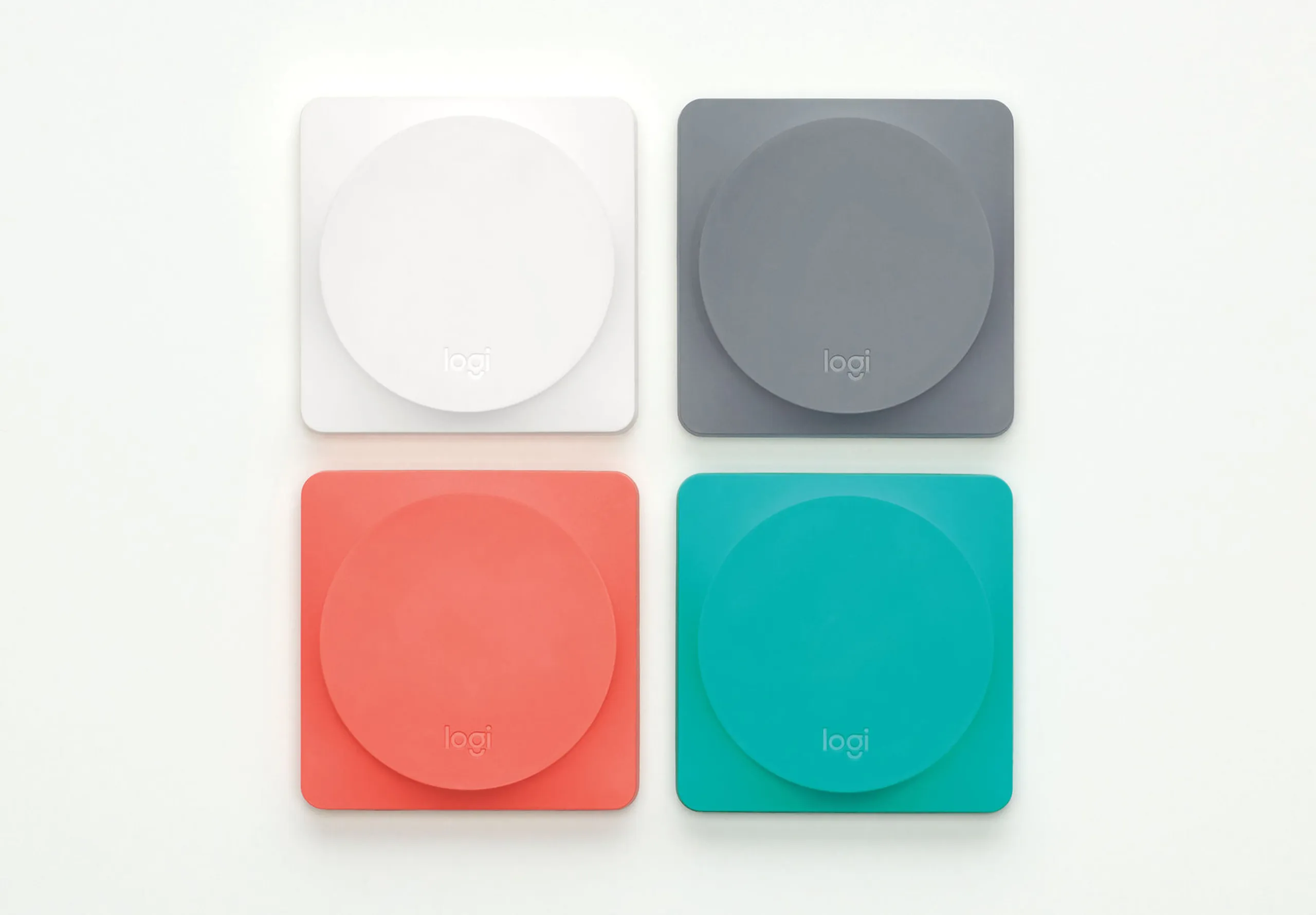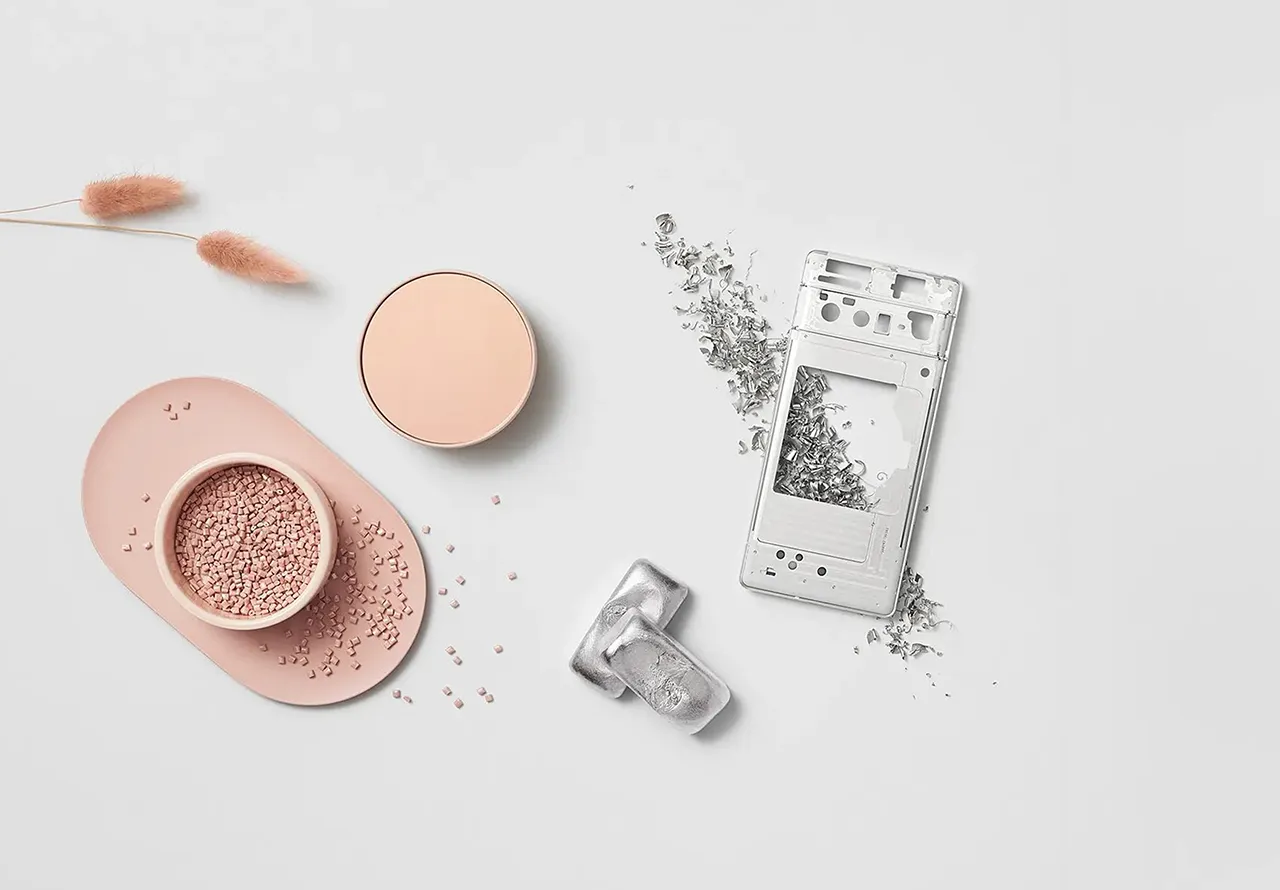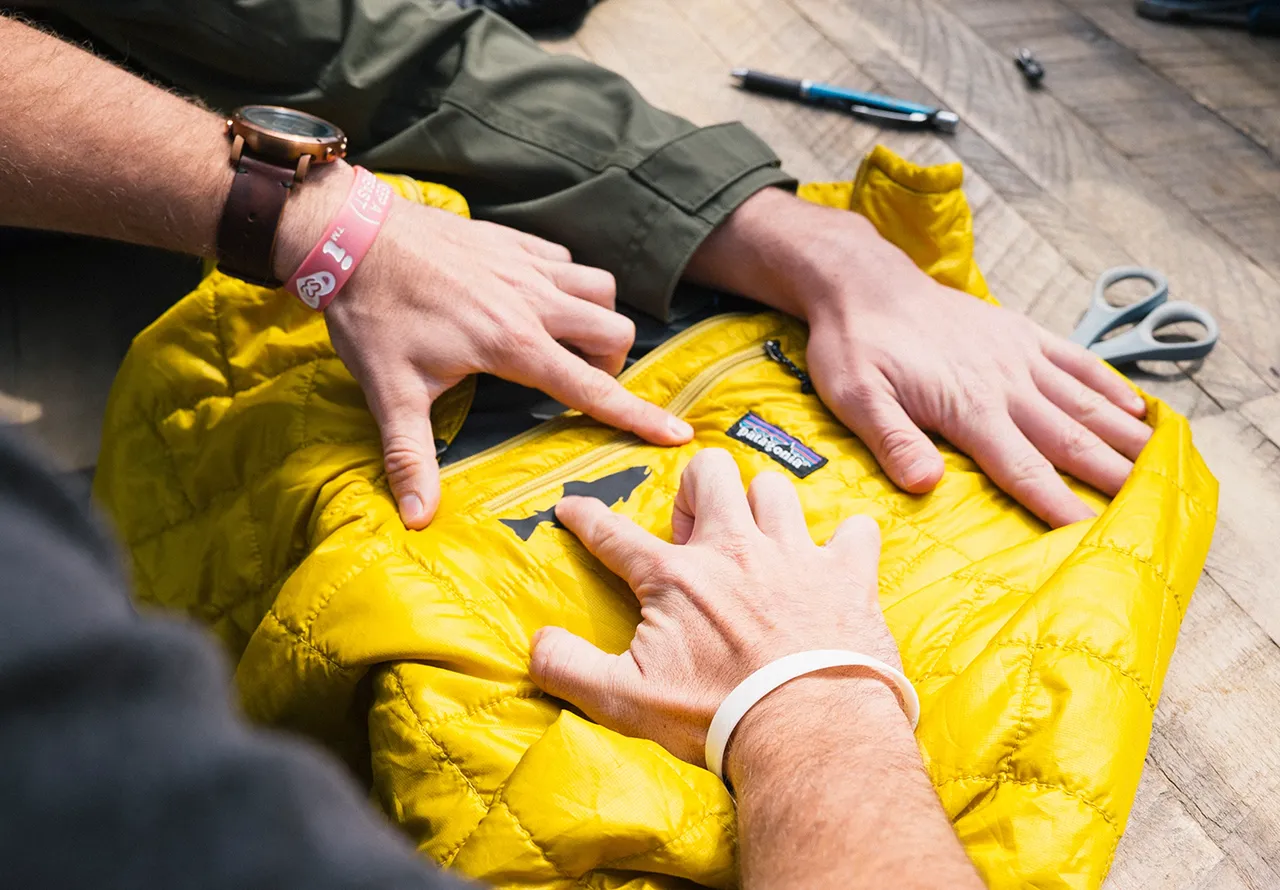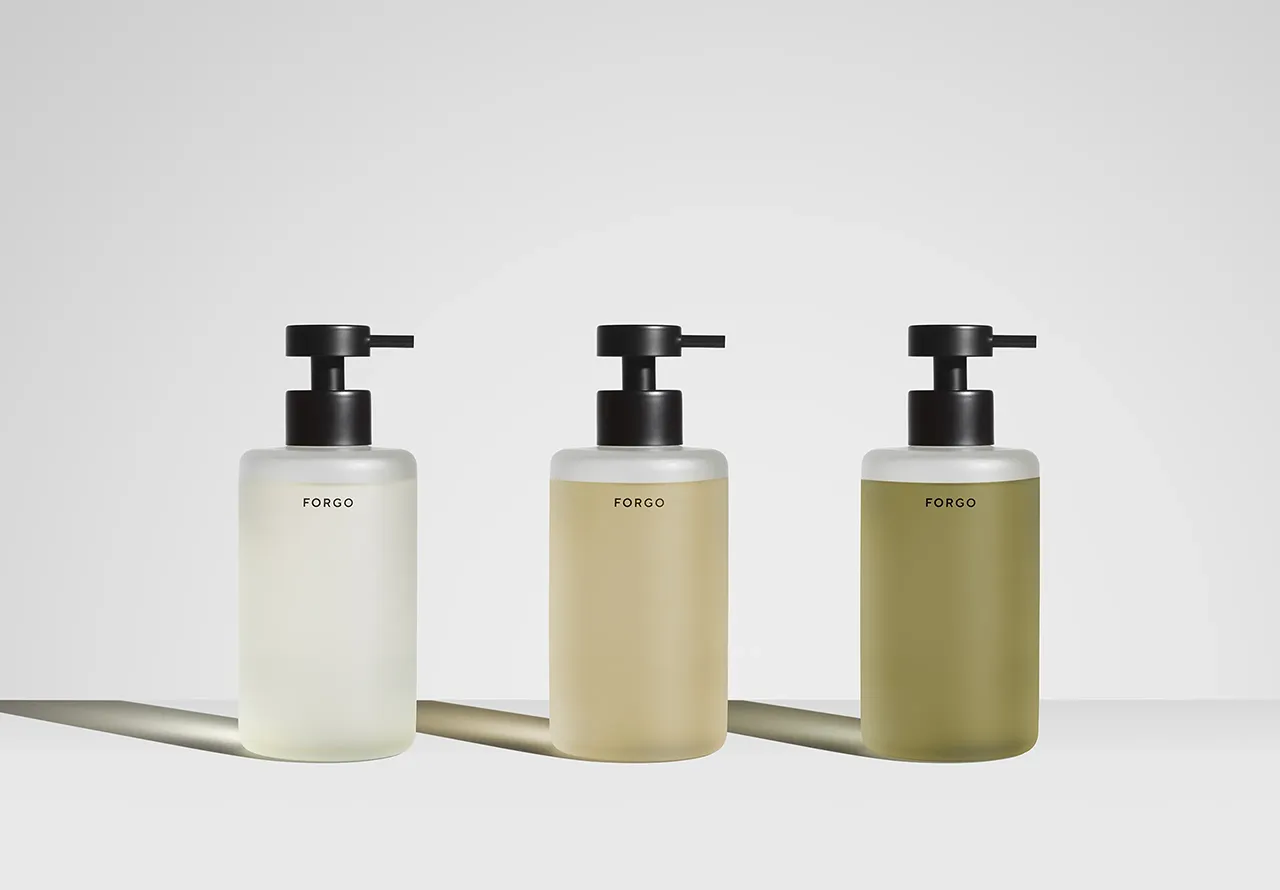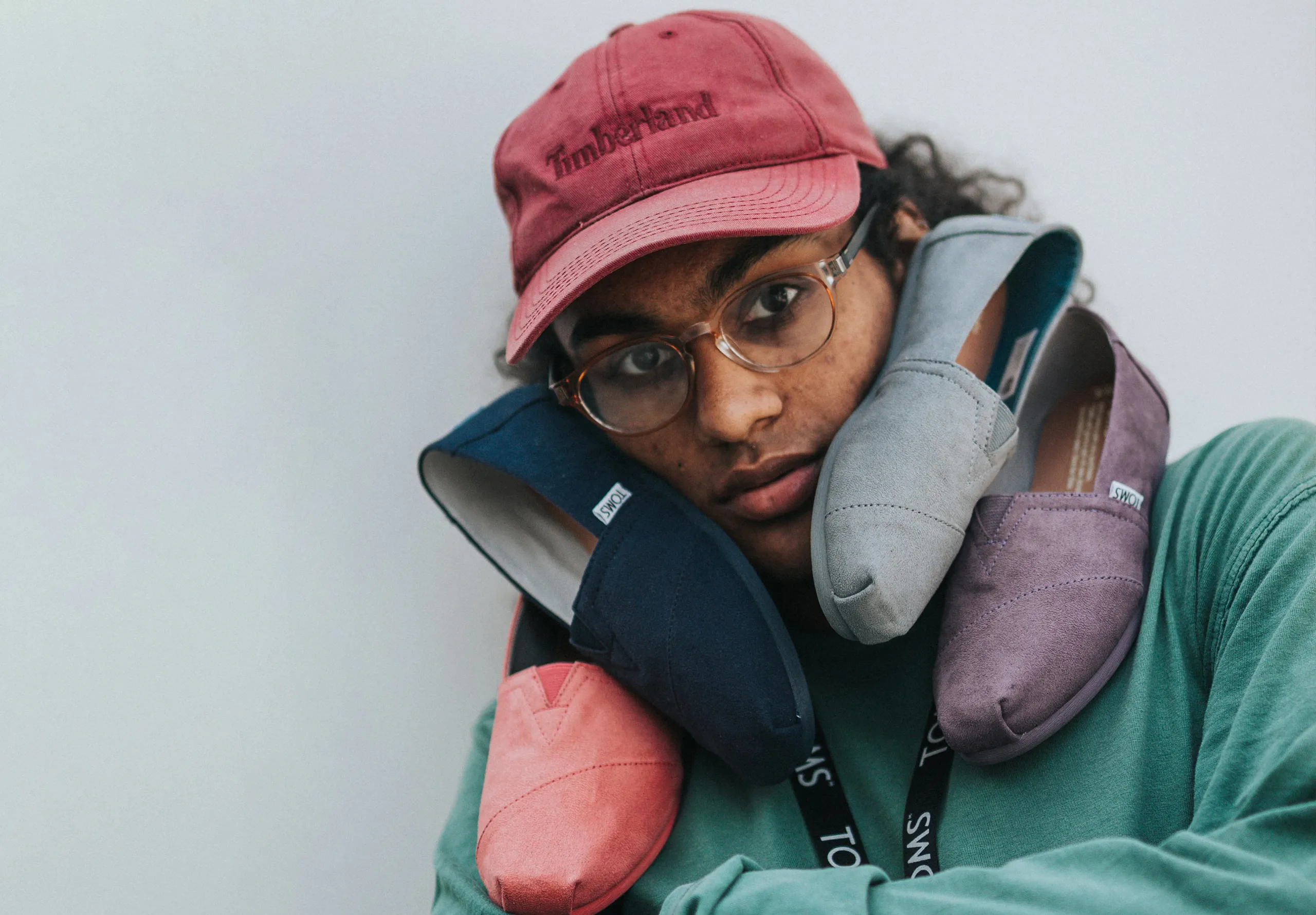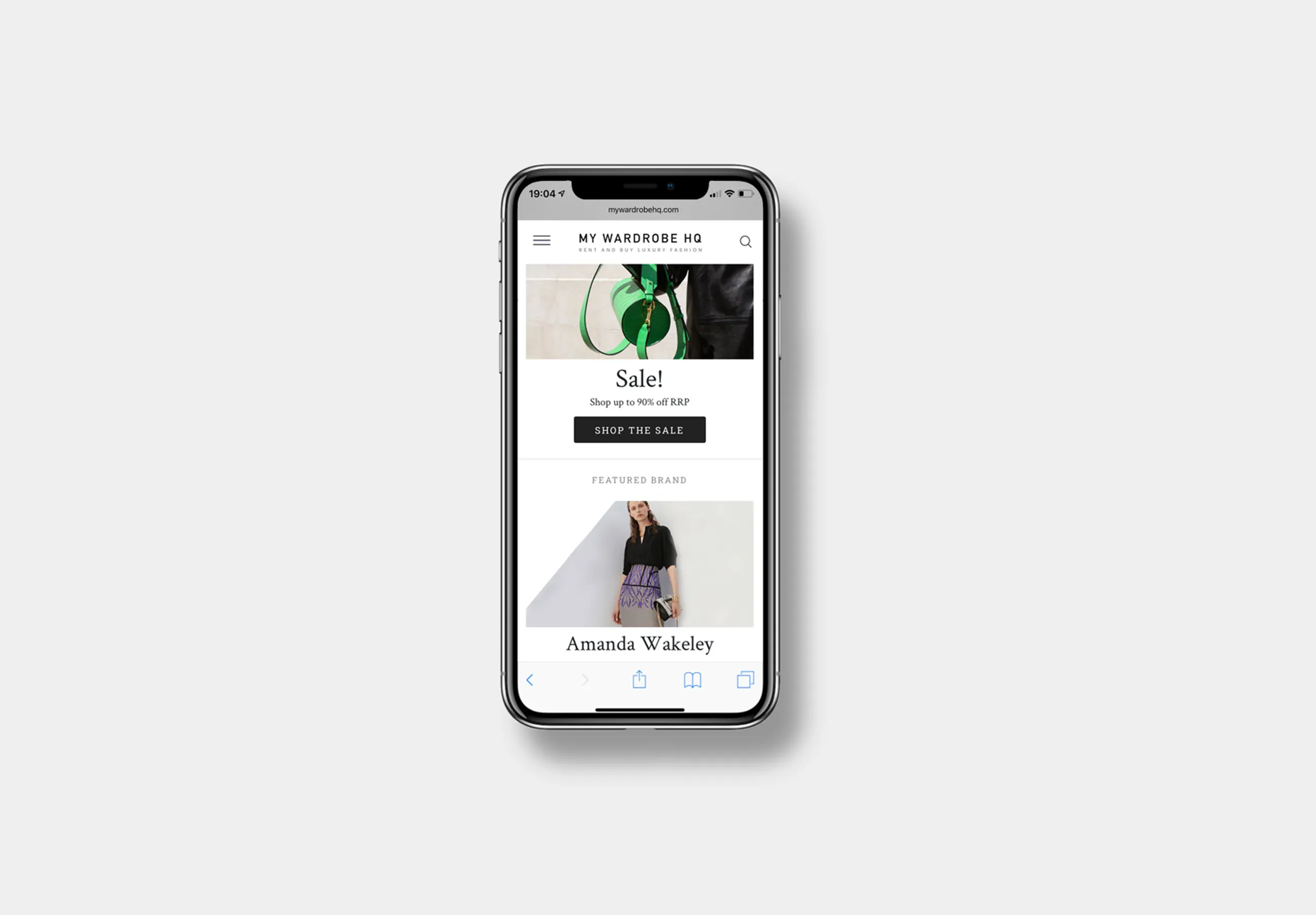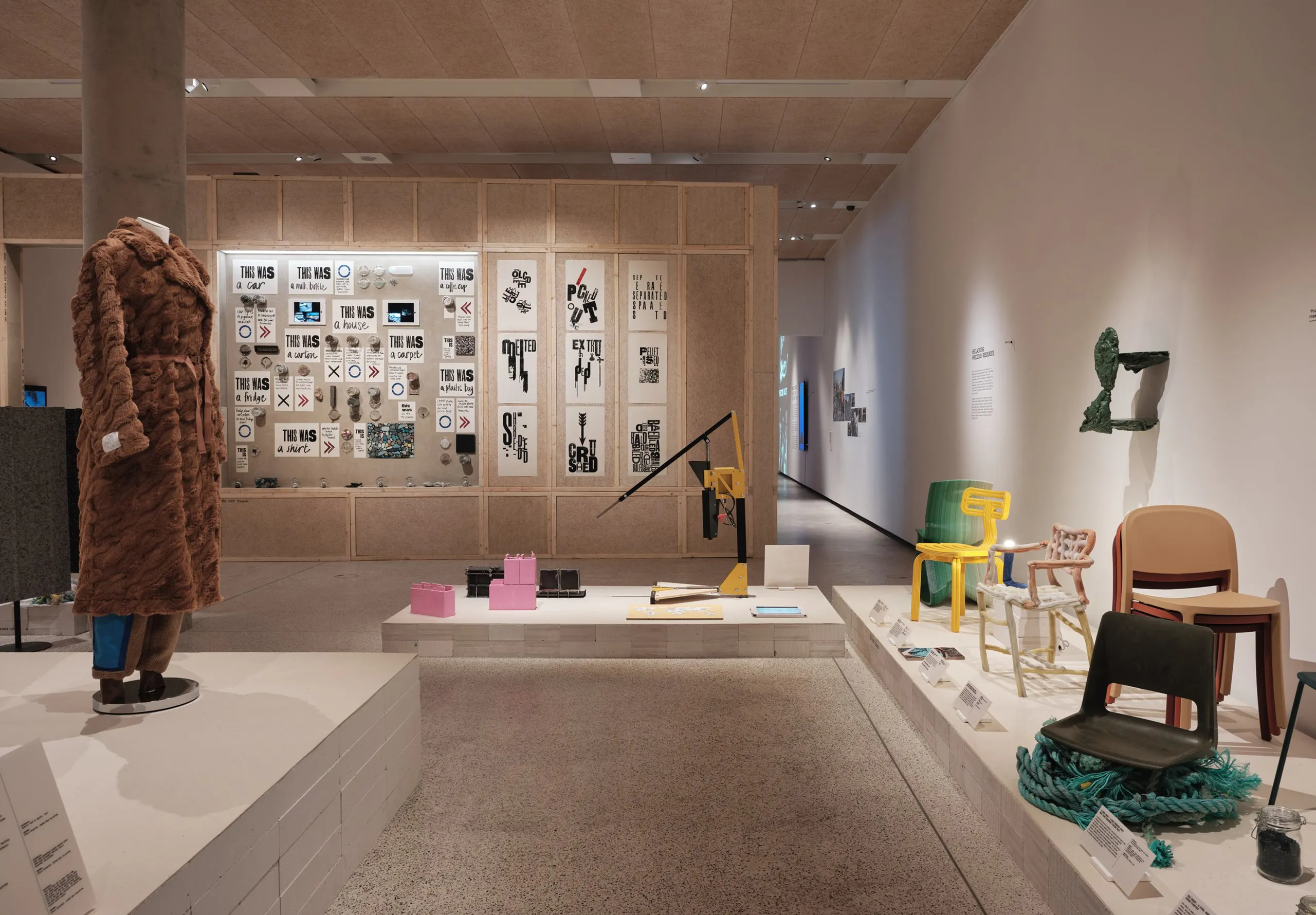Why sustainable brands are winning.
Environmental challenges are finally taking centre stage in global concerns, prompting 80 percent of brands to increase their investments in sustainability. This shift has given rise to a new phase in planet-centred design that we like to call Sustainability 2.0.
In this piece, we take a closer look at some of the pioneers designing for sustainability and outline why investing in sustainable design is a double win for consumer brands.
(8 minute read)
Short on time? Use these links
A new phase of sustainable design
Gone are the days when sustainable product design was perceived as earthy, reductionist, or niche. Finally, it’s cool to be green. Now, as planet-conscious design scales to mainstream, brands have a key opportunity to create design-rich, added value experiences that are sustainable at their core.
As consumers become more environmentally demanding, sustainable brands are winning, while those with questionable practices are being named, shamed and actively shunned.
In 2022, 34% of UK consumers said they stopped purchasing from certain brands because they had ethical or sustainability related concerns about them. This growing trend is pushing even major waste producers to adopt green (or at the very least, greener) practices.
Clearly, we’re on the right track. More than ever, companies are catching on to the fact that captivating brand experiences rooted in sustainability are the key to growth in a purpose-driven market.
The more successful and widespread their products become, the greater change a brand can effect. In essence, higher adoption leads to higher impact, making it a win-win for people, profit and the planet. This is what’s known as the triple bottom line in sustainability.
But what does the 3 P’s approach look like in practice, and how can brand managers adjust their strategies to deliver the scale needed for impact?
Mass-market and planet-positive.
If Sustainability 1.0 was about a rallying cry to highlight a small pocket of ‘alternative’ solutions, then 2.0 is a wonderfully mass-market approach.
Finally, we are edging into an evangelistic celebration of the new wave of truly brilliant sustainable design-led brands that have freed themselves of the green cliches and are rewriting the planet-first rulebook.
According to Deloitte, Consumers are most likely to make sustainable choices in the areas where their consumption is highest or most frequent such as fashion, personal care, and home care. It’s no surprise that these sectors are seeing real innovation in design, both in terms of aesthetics and sustainability.
Planet-first design-led brands
Both innovation and branding play crucial roles in unearthing new methods of value delivery which encourage the adoption of sustainability. They have the power to shape consumer perceptions, influence purchasing decisions, and drive societal change.
Let’s take a closer look at some of the pioneers of the 3-Ps approach.
Right now, the footwear industry is responsible for a staggering 1.4% of global GHG emissions. Short lifespan and high churn is a major issue, and mixed material construction compounds problems.
The materials used in the sole construction is typically one of the most environmentally destructive parts, with the average trainers weighing in at 14 kg CO2e a pair.
Now, sustainable superbrand Allbirds are set to change that with M0.0NSHOT – the world’s first net zero carbon shoe. The shoe features a sugarcane-derived SuperLight Foam midsole with 70% bio-based content, carbon-negative bio-plastic eyelets, and regenerative wool sourced from Lake Hawea Station in New Zealand, a net zero carbon farm.
Not content with rewriting the design for manufacturing rulebooks, Allbirds are sharing their formula to inspire industry overhaul. Over the years, their intrinsic understanding of the problem in hand has garnered Allbirds a loyal consumer following and major investment, with the brand now valued at $1.4 billion. A prime example of the triple bottom line in action.
Meanwhile, sustainable innovation champions ON Running understand the importance of addressing consumer pain points for commercial success.
Their subscription-based Cyclon shoe tackles the cost of ownership for avid runners by offering recycled trainers that can be returned and replaced every six months.
By addressing the cost of ownership, reducing waste, and designing for sustainability, ON Running has indeed tapped into a winning formula. They have created a Product-as-a-Service offer that aligns with the needs of keen runners while also offering an eco-friendly alternative.
In the realm of personal care, consumers are ditching single-use plastic and gravitating towards brands that have eco-friendly practices and a strong ethical foundation, like byHumankind.
Their elegant design and environmentally-conscious direct-to-consumer model, where subscribers receive refills every two months, demonstrates a commitment to designing for sustainability and convenience. This approach seamlessly aligns with the changing consumer expectations that prioritise both the planet and skin sensitivity.
In homecare, direct to consumer brand Homethings has unveiled an equally trope-smashing approach with its bold, character inspired new look for its waterless, refillable and reusable cleaning range.
Homethings lean heavily into the benefits of domestic space saving, encouraging consumers to decant to vessels of their own choice. By breaking free from traditional chemical-laden FMCG design, Homethings offers both convenience through home dilution and near-zero waste with its easily accessible tablets, making it a winning format. Their product line is proof that designing for sustainability doesn’t have to be dull.
And then there’s SURI, who’s eco-conscious electric toothbrush is a prime example of planet-centric innovation and its positive impact on brand growth.
By using plant-based corn starch and castor oil-based bristles, SURI reduces reliance on petroleum-based plastics, while the use of aluminium in the body construction reflects a lifelong commitment to repair.
This not only aligns with consumer values but also makes sound business sense, allowing SURI to differentiate through design in a performance-focused segment and attract a conscious customer base while positively impacting the environment.
A strong example of the triple bottom line, SURI’s electric toothbrush illustrates that the future of sustainability lies in high performance, beautifully designed products that fit seamlessly into peoples’ daily lives.
Paving the way for a greener future
The rise of Sustainability 2.0 signifies a fundamental shift in how design, innovation and sustainability intersect. Looking ahead, we anticipate a wider adoption of sustainable alternatives that extends beyond industry pioneers.
As the urgency to combat climate change increases, the design community has a crucial role to play in designing for sustainability, baking green practices into products and creating design-rich experiences that prioritise continuous value-creation, leading to long term behavioural change that will ensure you continue to see positive business impact across people, planet and brand.
Remember small steps can make for big wins.
Talk to us about
